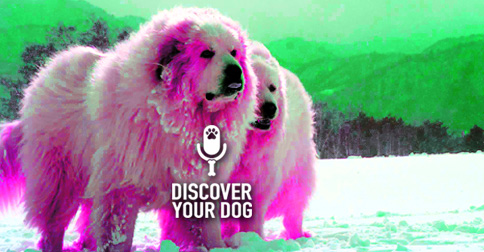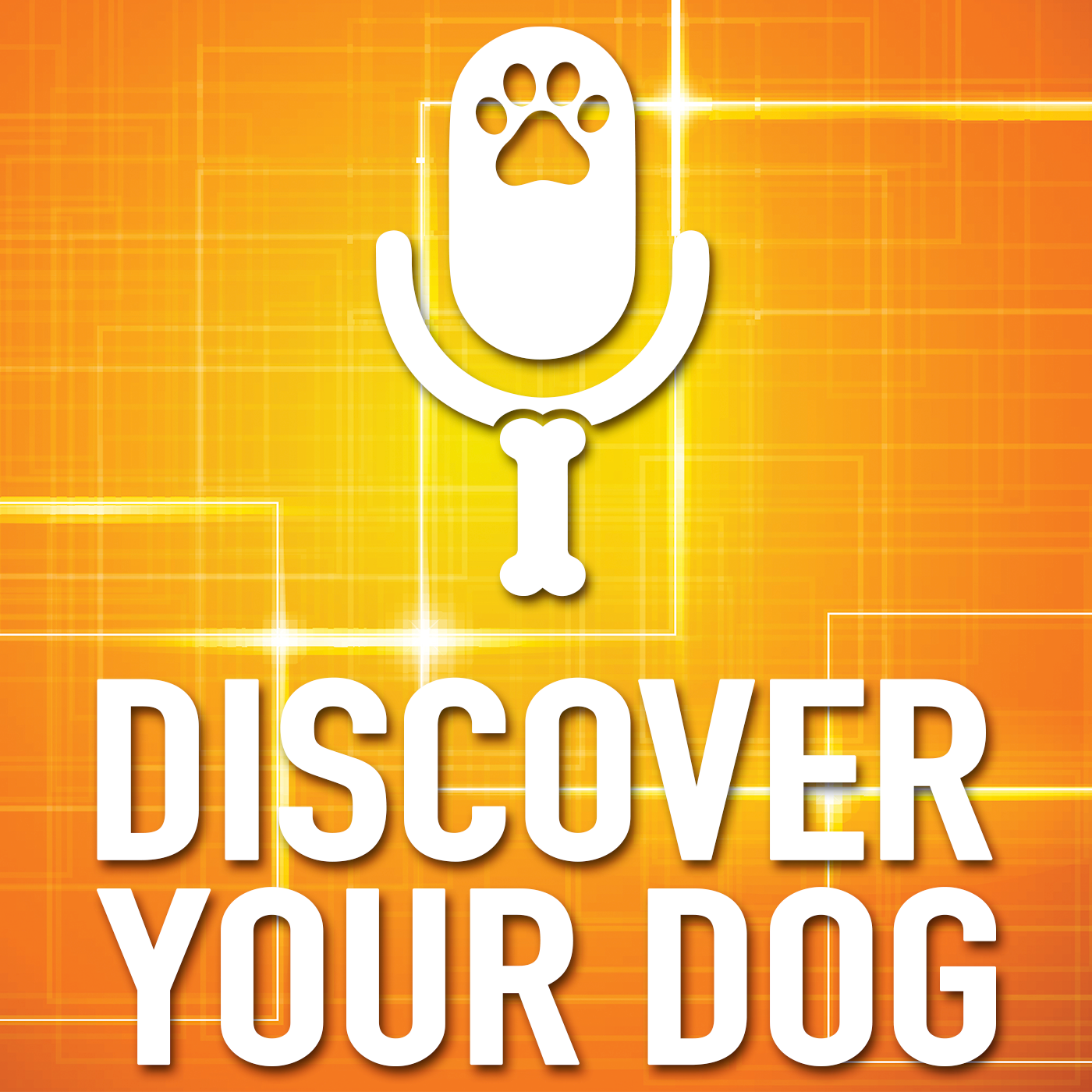 Sometimes, your dog appears to be prejudiced against certain groups, or types of people.
Sometimes, your dog appears to be prejudiced against certain groups, or types of people.
Discover how believing this assumption hides the true cause of your dog’s “racist” behavior.

Show Highlights
Do you ever ask if yourself or think – dang, I think my dog is racist!
WRONG! Your dog is not racist, however you as a dog owner must be conscious of how you react to uncomfortable situations with your dog.
Devin has uncovered prejudices of himself over time that he was not even aware that he had because he understands that our actions affect our dogs behavior.
When your dog has a reaction out of the ordinary, it is generally aggressive and aggression is typically explosive.
Aggression is usually separated into the following:
- Fear Aggression- this is typically 95% of why some dogs are aggressive.
- Reactive Aggression- for example, you are walking your dog in the neighborhood and pass the same people and other dogs on your routine walk. However, one time you and your dog pass a person of ethnicity walking a bigger dog. Your dog barks and jumps at them.
- Your dog could be reacting to anything. A different smell, the size of the dog could have shocked your dog or they didn’t like the way the person was walking.
- The next time you walk past this person and their dog you tighten the slack on the leash for your dog so she won’t lunge again.
- This simple act that you think is the right thing to do is actually reinforcing to your dog that they are doing what you want when they lunge and jump.
- You are teaching your dog that you respond and your dog responds to you and it tends to get worse and worse when in realty all of this started off of an assumption of your own.
- Your dog looks to you to make sure they are doing what they are supposed to do.
- “Calming” your dog during an issue like this is reinforcement as well to your dogs aggressive behavior.
- Always be aware of what you are encouraging or rewarding.
- Dominant Aggression – this type of aggression is typically very rare.
It is an easier process for training when your dog can make a choice. You want to teach them there is something else they can do that you can affect.
Devin wants to know if we can use our dogs reactions to uncover our own bias…
Bennie says it could be used to help make you more aware of your own reaction to situations, but there are also times your dog may be reacting because they were abused or affected by an item or person when they were a puppy.
Homework
Bennie’s examples on how to desensitize your dog in different situations.
Desensitize:
- Bennie’s dog Gabby had a fear of vacuums.
- Bennie did her favorite activity – throwing the ball – with the vacuum out and went further and further with this until he was able to turn the vacuum on.
- The more relaxed you can be in an uncomfortable situation, the more you are letting your dog know that being calm is the appropriate behavior.
Irrational Fear:
- Bennie gives an example of when your dog is fearful of something such as thunder.
- Set up a safe spot or safe place for your dog.
- Keep the safe spot sacred—never punish your dog in their safe spot.
- Always praise your dog for going to their safe spot.
- Start with the place command and when your dog starts to show fear, use the command and put them in their safe place.
- It is imperative that you always make their safe place (there may be multiple safe places in your home for your dog), a positive situation.
Remember, you are never going to fix their fear in the moment—just try to get through it. The goal is to recognize that at that moment your dog has a fear reaction or aggressive type reaction, to start to work on that with your dog. You want to be able to walk with your dog loose on the leash in these types of situations.
Call to Action
Go to FamilyDogFusion.com/insurance to check out Healthy Paws Pet Insurance
Get In Touch
Check out our show page in iTunes to leave comments and subscribe or send us a message.
Leave a Reply